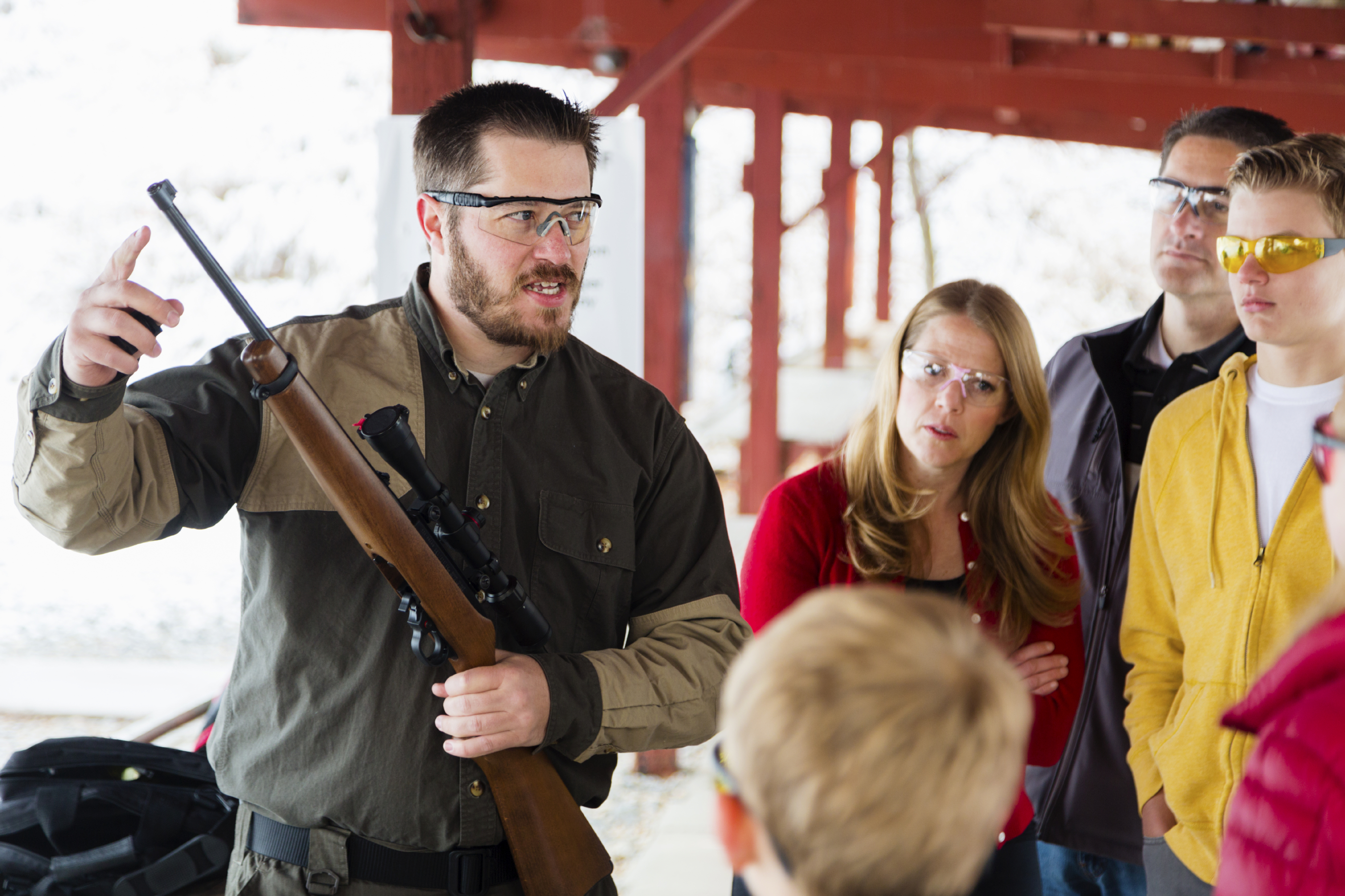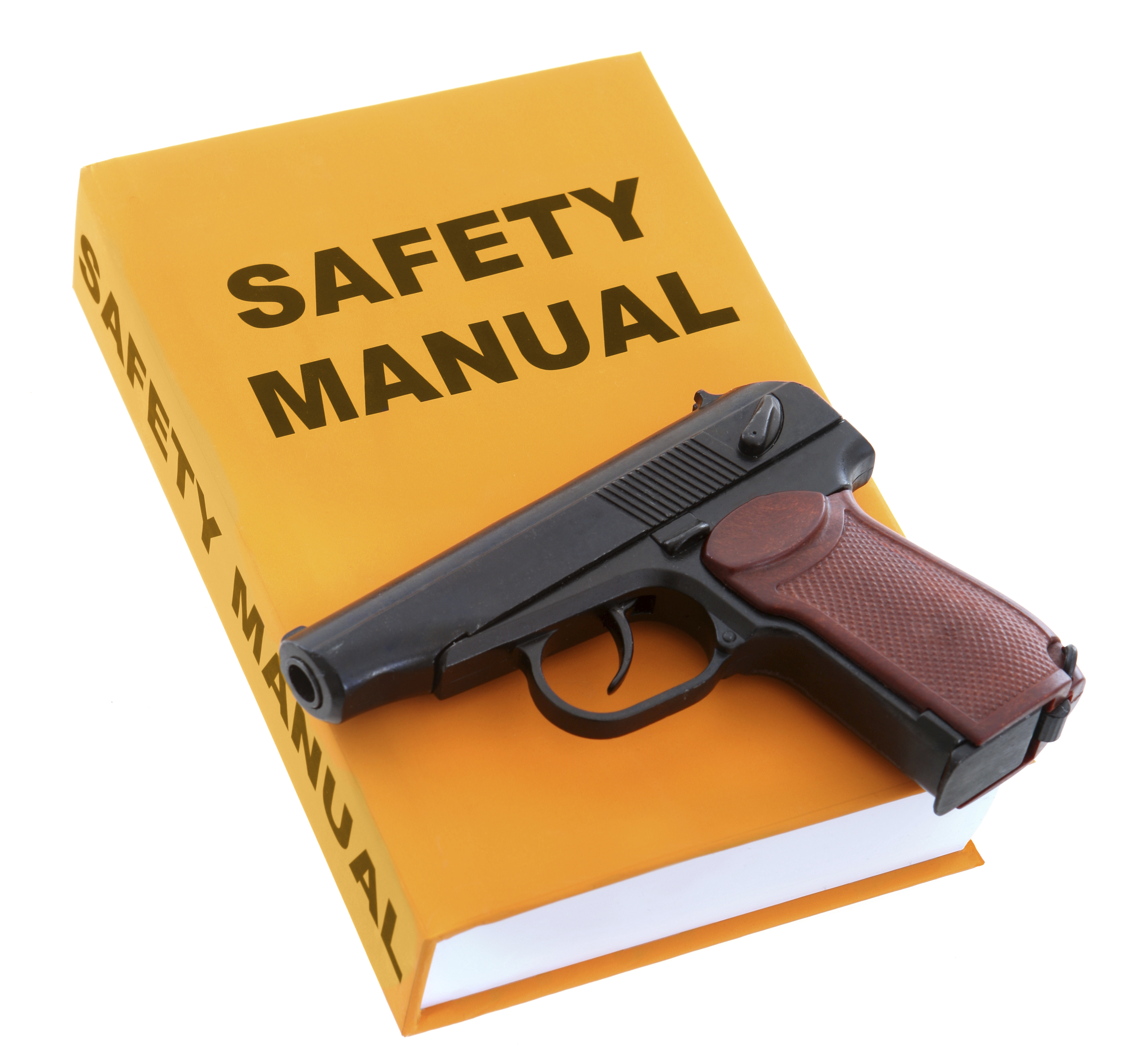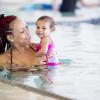
Recently, my 11-year-old son and I were driving to school, talking about guns. Just over a year ago, I began target shooting for fun. Though my son is not yet ready to handle a firearm, I have stressed safety from the start. However, on that September morning, my son said something that startled me.
“You know, Mom, now that I’ve seen someone fire a real gun, I definitely wouldn’t want to pick one up anymore.”
I was struck by the implication that just a few months before, he might have handled a gun on his own. We had certainly discussed gun safety before, but now I wondered: had I really given him all the information he needed to stay safe, especially with peer pressure starting to play a role in his decisions?
Talking about gun safety
 Though current data can be hard to come by, 2002 statistics from the Center for Disease Control (CDC) show that many gun-owning households contain a loaded, unsecured firearm. Nearly 30% of Washington state residents keep guns in their homes, according to a 2015 study by the School of Public Health at Columbia University, so chances are high that all of us, adults and children, will encounter a firearm.
Though current data can be hard to come by, 2002 statistics from the Center for Disease Control (CDC) show that many gun-owning households contain a loaded, unsecured firearm. Nearly 30% of Washington state residents keep guns in their homes, according to a 2015 study by the School of Public Health at Columbia University, so chances are high that all of us, adults and children, will encounter a firearm.
Dr. Wendy Sue Swanson, pediatrician, executive Director of Digital Health at Seattle Children’s Hospital and author of the Seattle Mama Doc blog, says: “We have to make conversations about gun safety the norm. Our kids can talk about drugs, and sex, and STDs, in some ways easier than they can talk about firearms, because we’re all pretty uncomfortable talking about it.”
But, that begs the question: Can that discomfort lead to children seeing firearms as forbidden and therefore, exciting? In a recent study published by the National Institute of Health, when a group of 8- to 12-year-old boys were left alone with firearms, more than 50 percent of them pulled the triggers. Dr. Swanson notes: “They didn’t stop and say: ‘I’m going to go find a grown up.’” Children’s natural curiosity can overwhelm a child’s sense of fear, putting that child and others in danger.
Sigrid Brunet, 38, from Seattle, worries about how best to talk about gun safety with her daughter Cadence, age 5. “Since she is too young to have an abstract understanding of the risks guns pose statistically, right now we try to curate her environment to minimize the likelihood of her encountering guns.” Brunet does this by asking the parents of the children Cadence plays with if they have firearms at home, and how they are stored. Dr. Swanson agrees that this is a great approach, one emphasized in the Ask Campaign: “I’ll say ‘Do you have any firearms in your home?’ and before I even let them get on the defensive or think I’m judging them, I say: ‘And if you do, I just want to make sure they’re stored separate from the ammunition and locked.’”
Given that many people store their guns loaded, it’s important to help children understand that any gun is too dangerous for them to handle. Dr. Swanson teaches her own young boys “that kids should never, ever be alone with any kind of gun.”
Teaching older kids to think about safety for themselves
 With preteens and teenagers, it becomes harder to ensure they are constantly supervised. Dr. Swanson points out that rules parents teach their older children “can’t be so simplistic as don’t touch it and walk away."
With preteens and teenagers, it becomes harder to ensure they are constantly supervised. Dr. Swanson points out that rules parents teach their older children “can’t be so simplistic as don’t touch it and walk away."
Brunet recalls that when she was a teenager, some of her friends were in possession of guns. “It is sobering to realize that as a student in a Denver school about 20 minutes from Columbine High, I knew about guns and never said one word to an adult.”
However, there is not a straightforward consensus on the best approach. The question of how and what to teach children and teens about firearms is generally met with a range of conflicting opinions.
Larry Conrad, an employee at Wade’s Gun Shop who is a retired law enforcement officer and firearms instructor, believes that “one of the biggest mistakes that parents make, is they make guns a mystery,” enabling guns to be all-the-more alluring. Conrad believes the best way to keep older kids safe around guns is to teach the kids to think clearly about safety. When he trains Boy Scouts, Conrad tells them: “Safety is in my trigger finger, and in between my ears. That’s safety. It’s not a function of the gun. It’s a function of the shooter.” He reminds his Scouts that guns “need to be honored and respected. Just like you don’t pick up a hammer and swing it at your buddy, you don’t pick up a gun and point that at him, either.”
Henri Beaudoin, 21, of Kirkland, an avid shooter, suggests that parents demystify guns for themselves, in order to better instruct their children. “Fear creates irrational thinking, and if they are ever subjected to a firearm at a friend’s house, college, or when they are on their own, they must know how to properly handle a gun. Just like how kids are taught about being safe on the internet.” Larry Conrad agrees that parents should “become at least familiar enough with guns to know how they work.” Classes at a local gun range can be a fun, informative way to learn gun safety.
Despite the many supportive opinions, research on gun violence education programs has been inconclusive at best and highly controversial at worst. According to the Violence Policy Center, "public health researchers have found that 'gun safety' programs like the NRA's Eddie Eagle are ineffective in preventing unintentional death and injury from firearms."
“Some gun owners, and some non-gun owners, say that if you train a child how to safely handle a firearm, it’s better. I don’t think we can trust that because of the curiosity and innocence that children maintain,” says Dr. Swanson.
Using the four rules of gun safety
Parents who are not comfortable with learning to shoot a firearm can use the same principles that gun owners use, to help them teach their kids about firearm safety. The four rules, developed by gun safety expert Jeff Cooper, are a great place to start. Henri Beaudoin notes that, “These four fundamental rules, when followed properly, will ensure a safe environment around firearms.”
Anyone using a firearm should:
- Treat all guns as though they are loaded.
- Never aim a gun at something you are not willing to destroy.
- Always be sure of your target, and what is beyond it.
- Keep your finger off the trigger until you are ready to fire.
For parents talking to their children about guns, stressing rule number one is critical. Knowing this rule may help a child understand that hearing “it’s not loaded” from a friend isn’t safe enough. As for rules two and three, bullets can travel much further than most children realize. Conrad teaches his Scouts that “a .22 bullet shot in the air can go a mile and a half.” Understanding what is beyond the target is of critical importance, because bullets can penetrate doors and walls, even traveling through steel. Many modern guns rely on trigger pressure as a form of internal safety, and according to a study from the National Institute of Health, many young children are strong enough to pull these triggers. Keeping your finger away from the trigger ensures that a gun cannot accidentally go off, ever.
As deaths from firearms outpace motor vehicle accident deaths in 14 states (including Washington), these discussions should be as common and routine between parents and children as discussions about seatbelts and looking both ways before crossing the street. Dr. Swanson stresses that everyone needs to talk about firearm safety with their children and with other adults. “It has to be the norm. We’re all responsible for living in an environment that is safe.”
Gun safety training resources
Seattle Children’s Hospital gives away lock boxes and trigger locks, in conjunction with proper training on how to use them, several times a year. Please check the Seattle Children’s Events page for information on these events, listed as “Lock Box and Trigger Lock Giveaway”.
Seattle Children’s believes that safe gun storage protects children, reduces the risk of gun injury and saves lives. It advocates for people to store guns safely through the following:
- Use a gun safe, lockbox or trigger lock to store guns. It is easy to quickly open safe storage devices when needed.
- Store guns unloaded and locked.
- Store and lock ammunition in a separate place.
- If possible, avoid locking devices that only use keys because children and teens often know where keys are kept.
- Always lock guns up, even if your child or teen has had safety training. Others visiting your home may not have.
- Storing guns in a lockbox or safe can prevent theft, a common source of guns used by criminals.
- Remove guns from your home if a family member is depressed, suicidal or is abusing drugs or alcohol.
- Ask family and friends to use safe storage steps if they own guns.
Other gun and safety training options:
Beginner Classes at Wade’s Eastside Guns in Bellevue
Basic Handgun Safety and Responsibility through InSights Training Center











